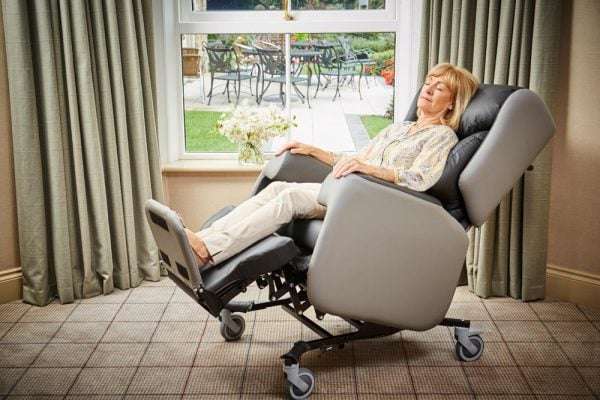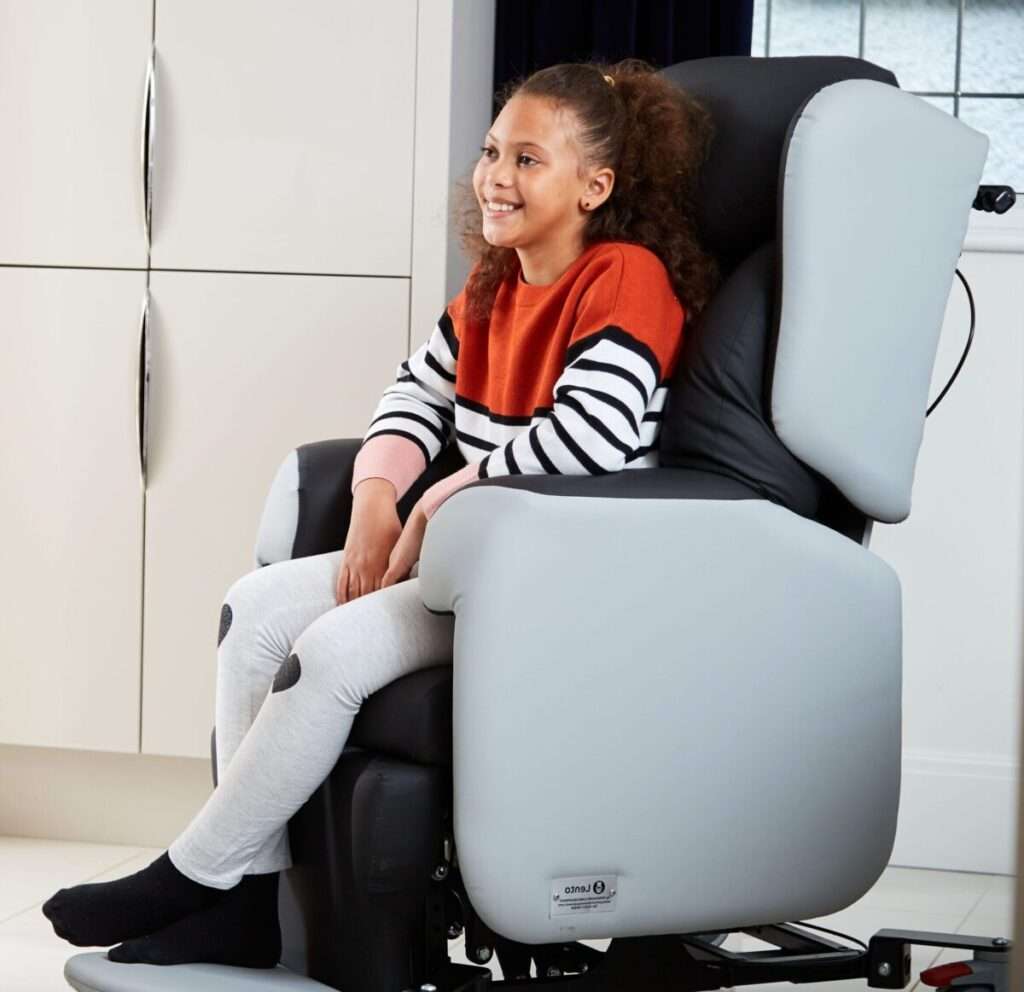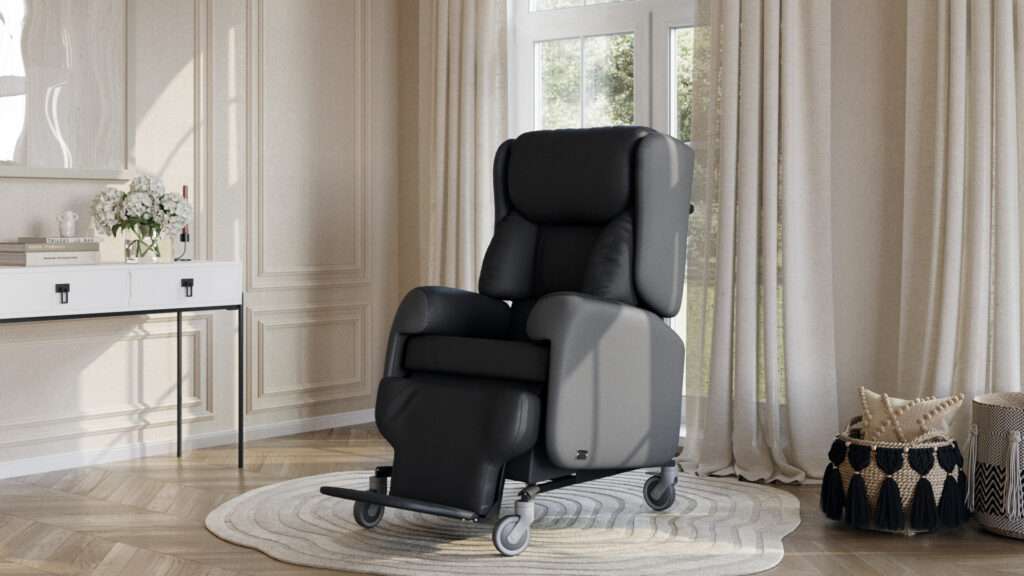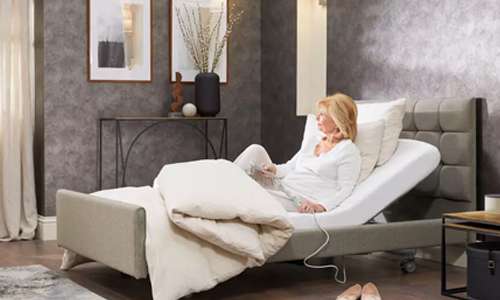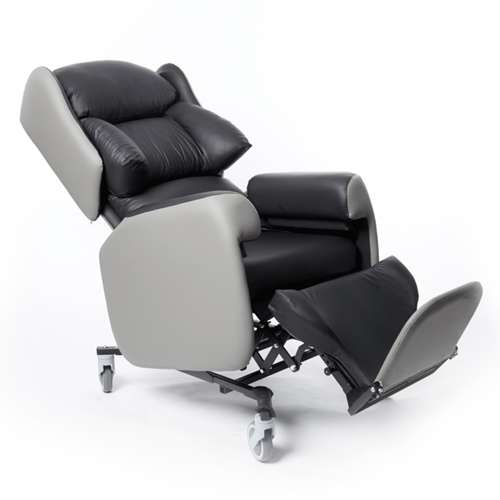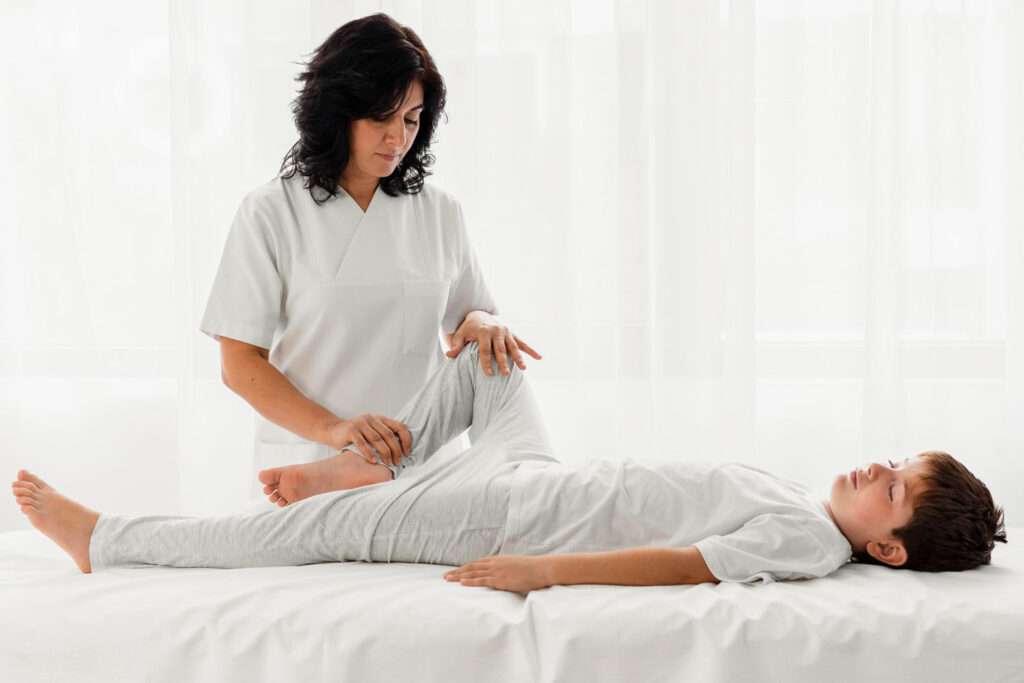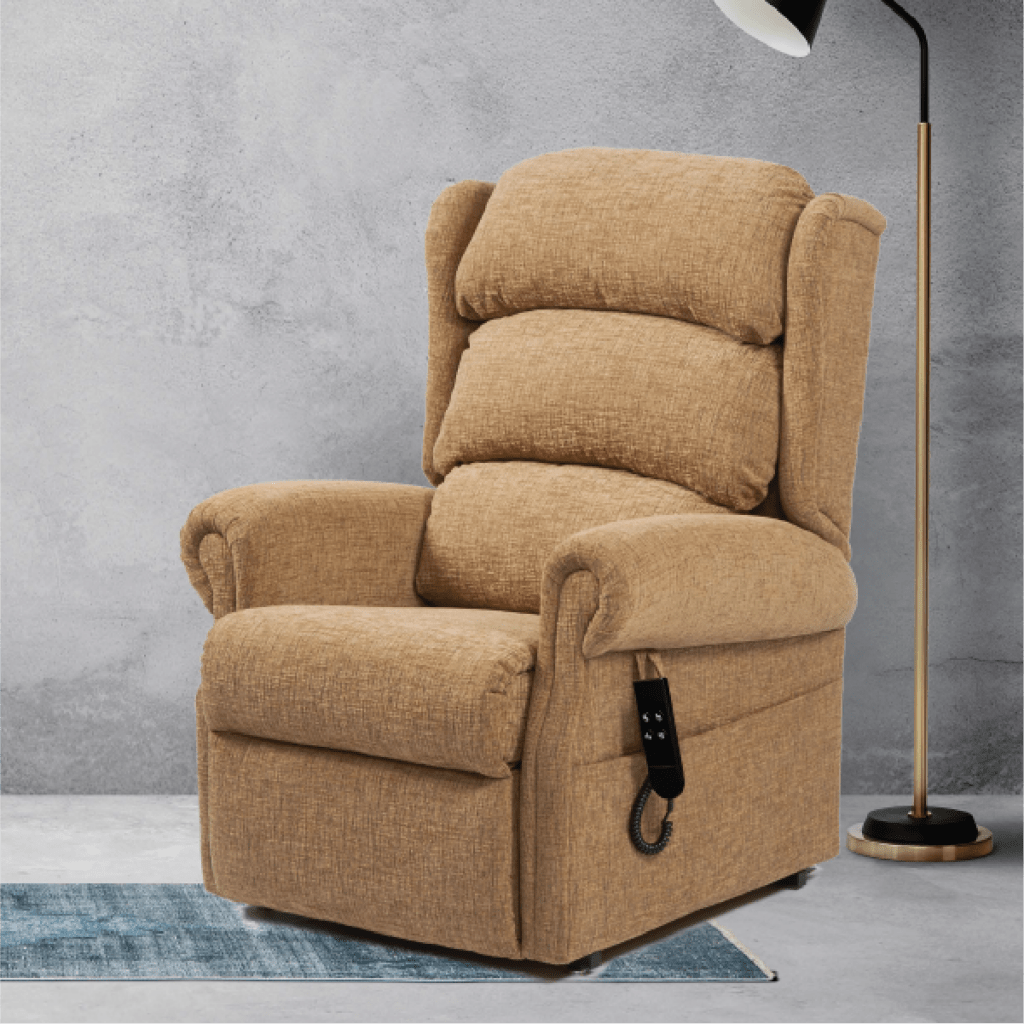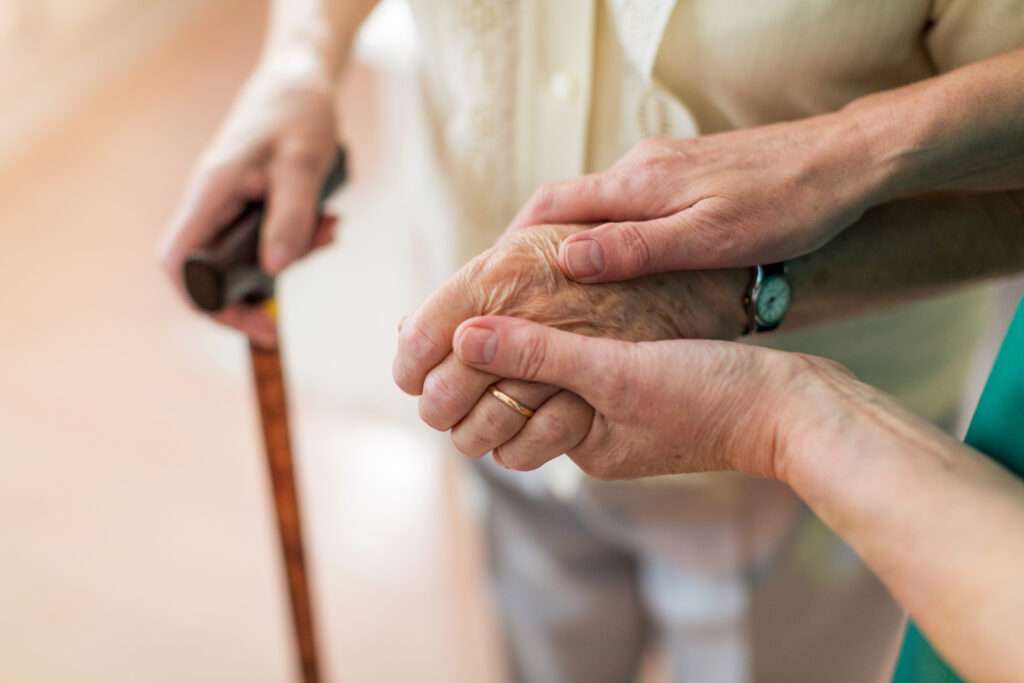Introduction:
Recovery after a hospital stay is a critical phase in a patient’s journey towards better health and independence. One of the key factors that can significantly impact this transition is access to mobility equipment.
By providing recently discharged hospital patients with the right rehabilitative equipment, healthcare providers can effectively solve problems and pave the way for enhanced recovery.
In this blog post, we will explore the benefits of mobility equipment for recently discharged hospital patients and how it can positively impact their recovery.
Understanding the Challenges of Hospital Discharges:
Hospital discharges can present a range of challenges for both patients and healthcare providers.
Longer hospital stays not only strain limited resources but also increase the risk of complications and hinder patients’ return to normal life.
Timely interventions, early rehabilitation, emotional support, and proper planning are crucial in mitigating the negative impacts of extended hospital stays.
Ultimately, the goal is to ensure a smoother recovery journey and a better quality of life for patients after leaving the hospital.
To address these challenges, it is crucial to prioritise the availability of suitable mobility equipment in the community.
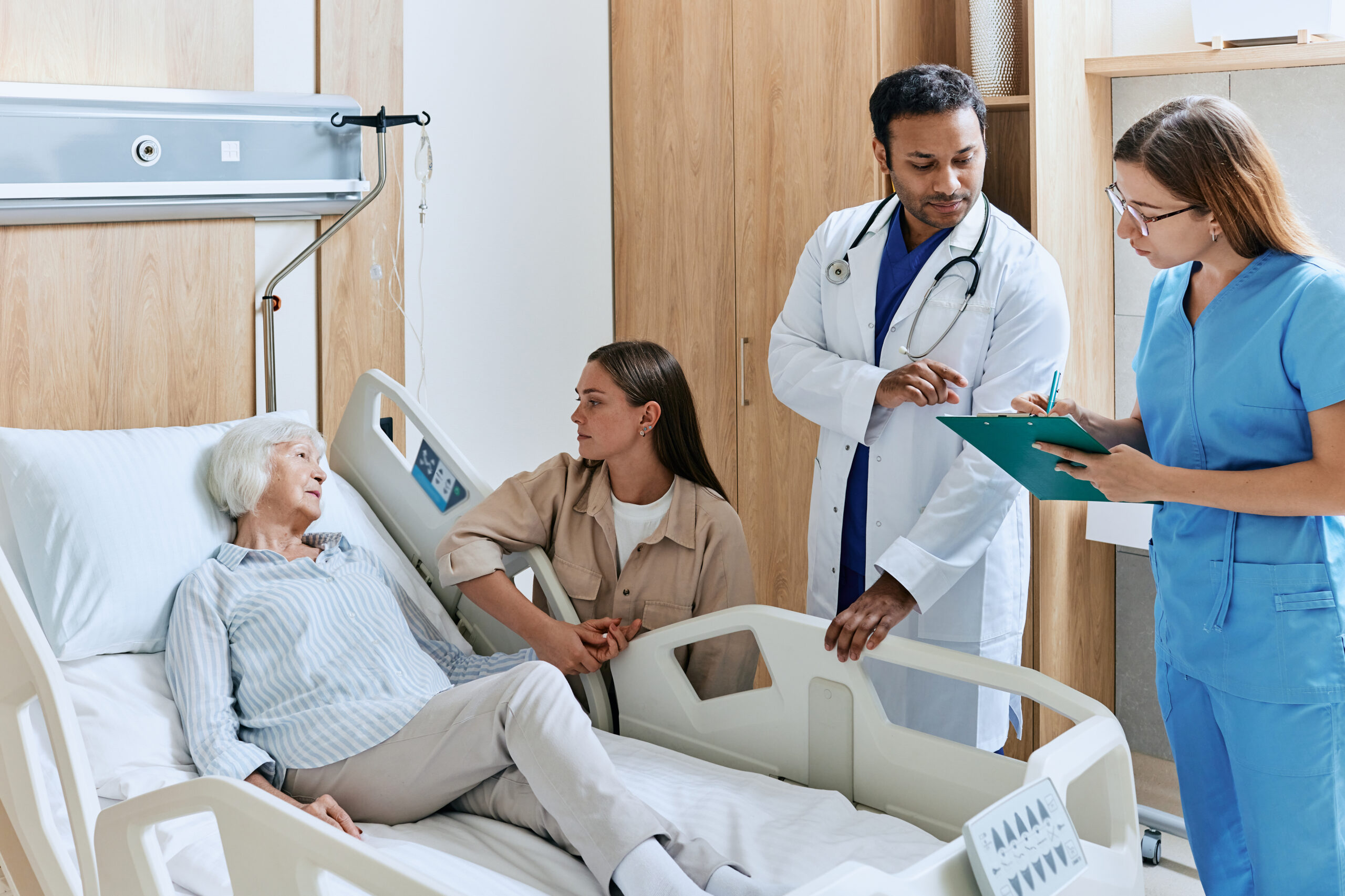
Prolonged bed rest can result in muscle weakness, pressure ulcers, and a loss of mobility.
Accelerating Recovery and Ensuring Faster Discharges:
One of the primary advantages of mobility equipment in the community is its ability to expedite the recovery process and facilitate faster discharges.
By providing patients with appropriate mobility aids such as wheelchairs, walkers, and other assistive devices, hospitals and healthcare providers empower recent hospital discharges to regain their independence sooner.
This not only benefits patients but also optimises bed capacity, allowing hospitals to accommodate new admissions effectively.
Empowering Patients through Independence:
The availability of suitable mobility equipment in the community empowers patients to lead more independent lives post-discharge. With the assistance of mobility aids, individuals can regain their mobility, perform daily activities, and actively participate in their communities.
This sense of independence contributes significantly to the overall well-being and quality of life for patients, enhancing their self-esteem and overall recovery process.
Enhancing Rehabilitation Efforts:
Rehabilitation is a critical aspect of the recovery journey, and mobility equipment plays a vital role in supporting these efforts.
Providing patients with the necessary tools to move safely and effectively, healthcare providers can ensure continuity of rehabilitation in the community. This support helps patients regain strength, improve mobility, and ultimately enhances their overall recovery process.
Preventing Complications and Readmissions:
Prolonged bed rest during hospitalisation can lead to a range of complications, such as muscle atrophy, pressure ulcers, and decreased overall mobility.
However, with the appropriate mobility equipment in place, these complications can be mitigated.
By facilitating safe movement and preventing the adverse effects of extended bed rest, mobility aids significantly reduce the likelihood of readmissions and further hospital stays.
Choosing the Right Mobility Equipment:
To effectively address the challenges associated with hospital discharges, it is essential to choose the right mobility equipment tailored to each patient’s specific needs.
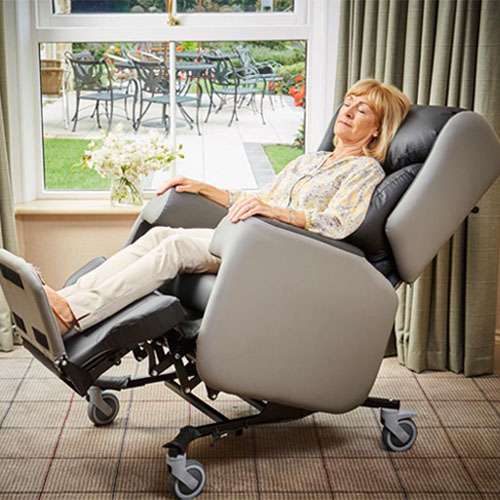
The Lento Care Chair is highly adjustable to support hospital discharges in the community.
Factors such as the type of mobility aid, adjustability, durability, and ease of use are crucial considerations when selecting the appropriate equipment.
Healthcare providers and mobility equipment suppliers should work together to ensure a seamless transition from hospital discharge to community care.
Assessing Individual Needs:
A comprehensive assessment of each patient’s mobility needs is fundamental in selecting the right equipment. Factors such as their level of mobility, potential physical limitations, and home environment should be taken into account.
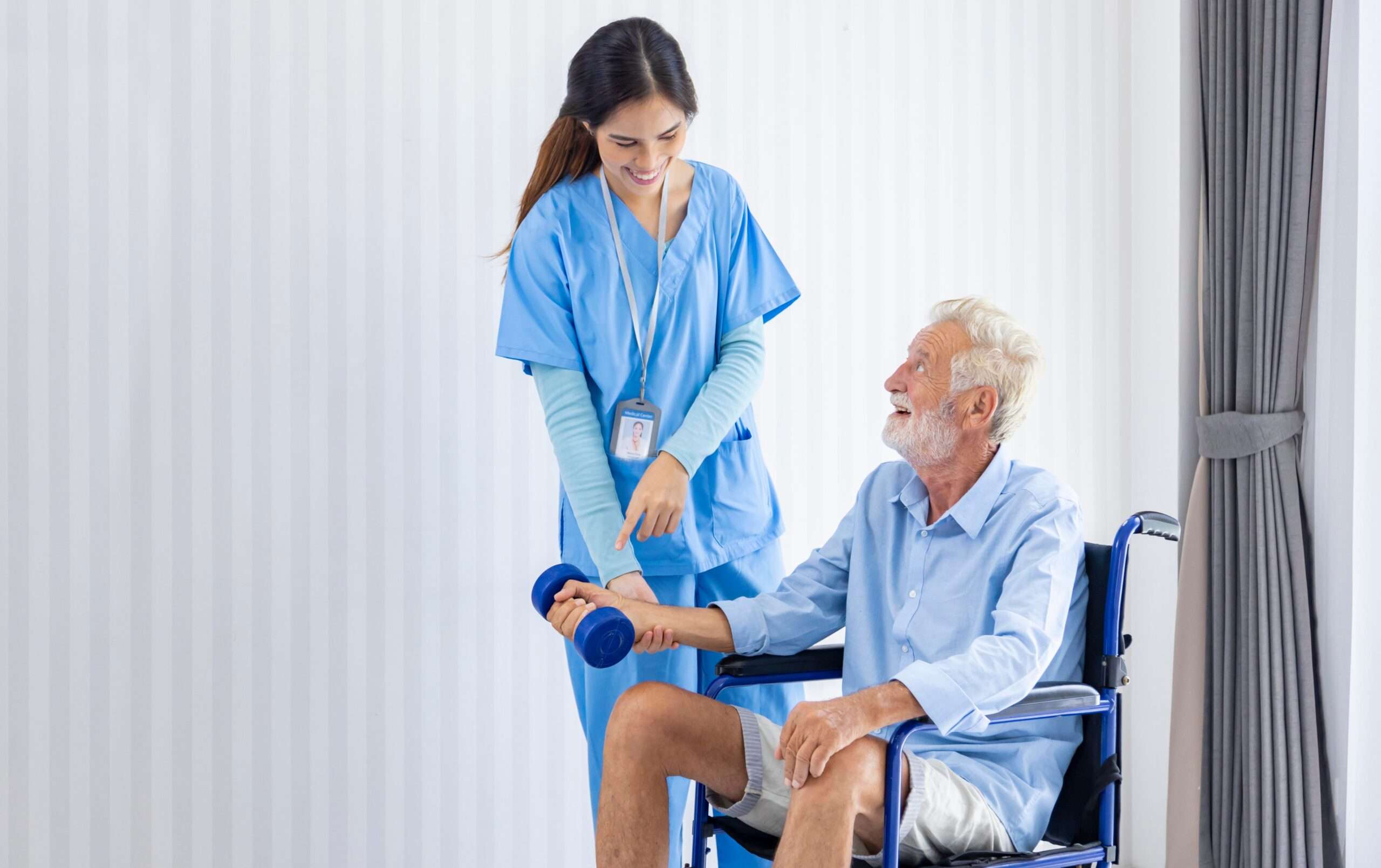
This assessment process helps healthcare professionals identify the most suitable mobility aids for each patient, ensuring optimal functionality and support.
Accessible and Affordable Solutions:
In the UK, the NHS strives to provide accessible and affordable healthcare solutions for all. It is essential to explore funding options and insurance coverage that can alleviate financial burdens for patients seeking mobility equipment.
Collaborating with mobility equipment companies and suppliers that understand the NHS funding landscape can help streamline the process, making it more accessible to patients in need.
Training and Education:
Equally important as selecting the right equipment is providing patients and their caregivers with proper training and education. Mobility equipment companies should offer comprehensive guidance on how to safely and effectively use the provided mobility aids.
This education empowers patients and their caregivers to navigate daily challenges with confidence and promotes long-term independence.
Conclusion:
The impact of mobility equipment in the community on hospital discharges within the UK NHS is undeniable. Access to appropriate mobility aids can not only accelerate the recovery process but also promote patient independence, prevent complications, and reduce the strain on hospital resources.
By addressing the challenges faced during the transition from hospital discharge to home, healthcare staff can play a vital role in problem-solving and enhancing patient recovery.
Mobility equipment suppliers can also be positively involved in this effort, by understanding individual needs, ensuring affordability, and providing comprehensive training, they too can empower patients on their path towards a healthier and more fulfilling life.
Note: Remember, for any specific mobility equipment needs or inquiries, it is always recommended to consult with healthcare professionals and mobility equipment specialists to ensure personalised and appropriate solutions.





